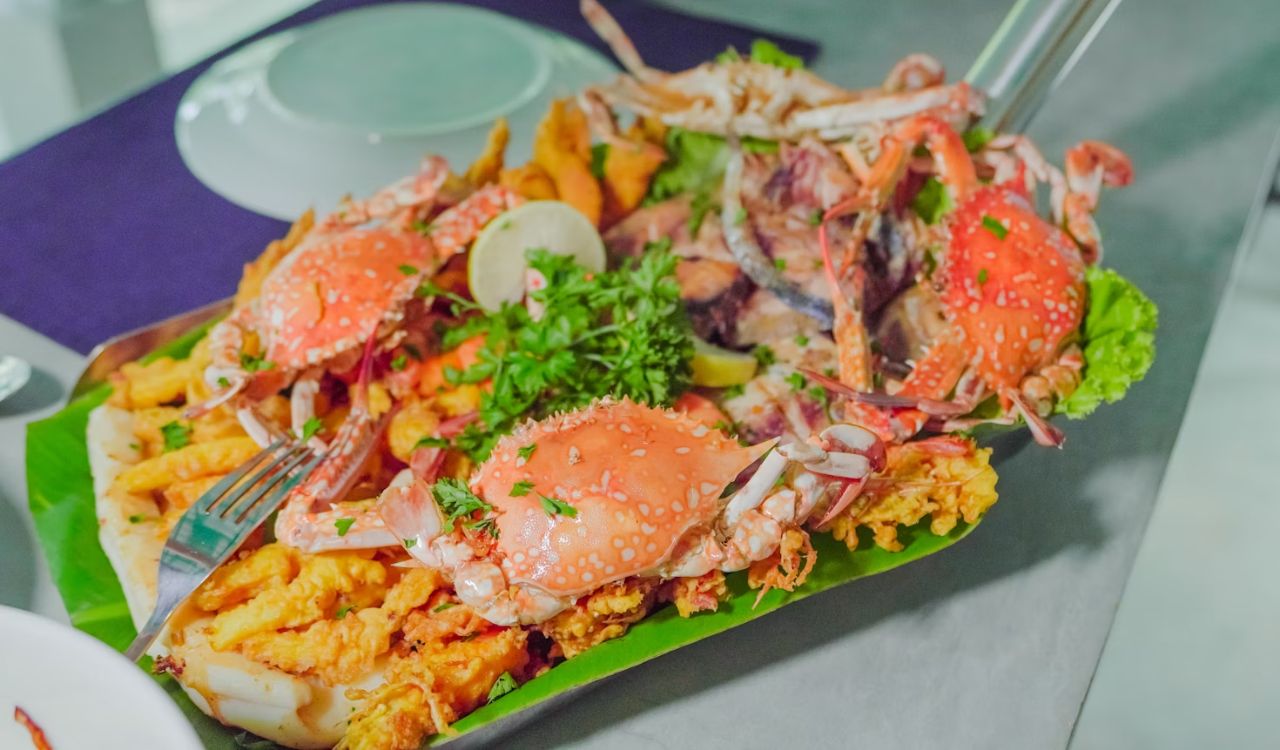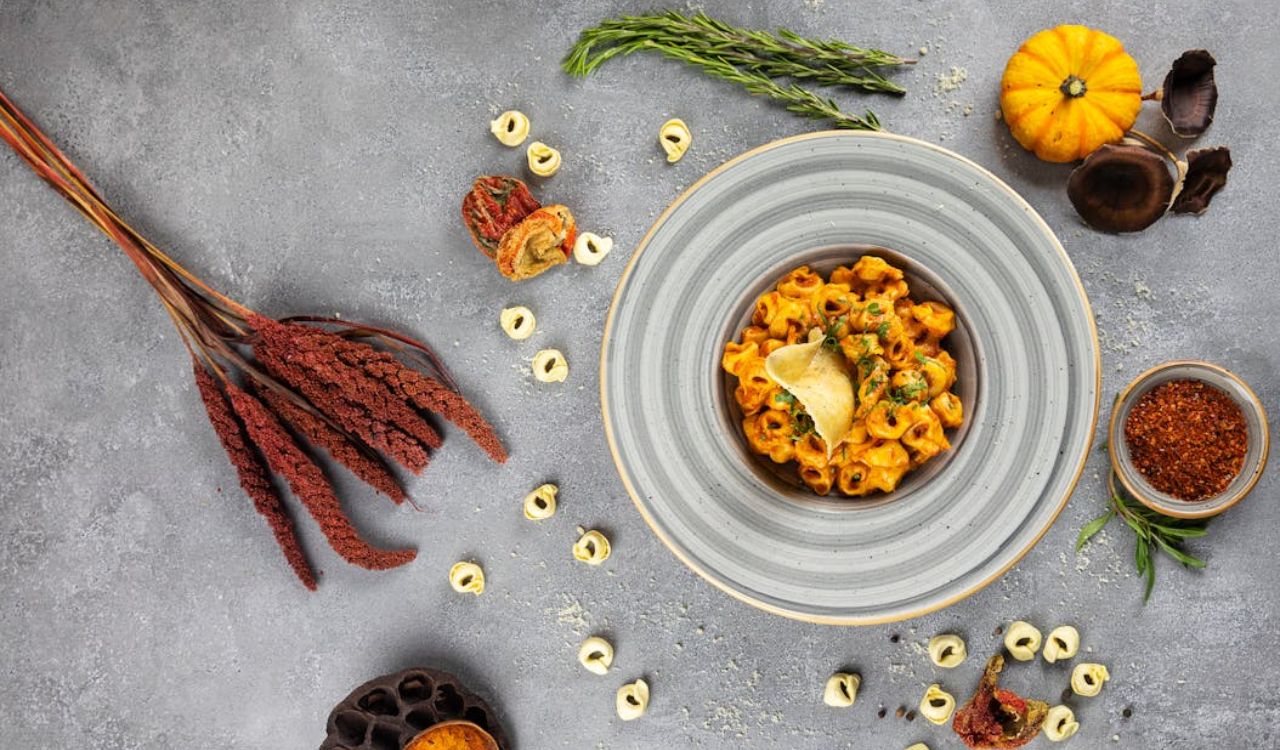7 Chain Restaurant Mexican Dishes No One Eats in Mexico
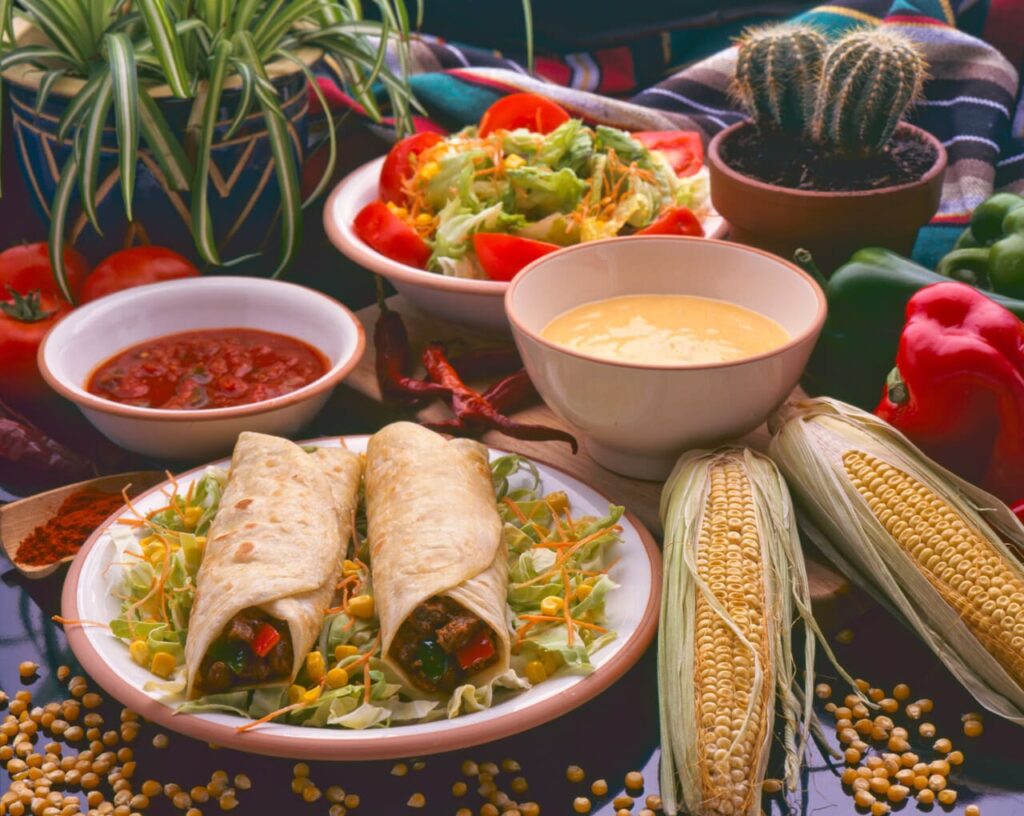
You might think you know Mexican food because you’ve spent years ordering your favorites at big chain restaurants, but here’s the thing. Many of those dishes were created for American tastes, not pulled from any real tradition. When you travel in Mexico, you see how different the rhythms of the cuisine are. You notice how dishes lean on fresh ingredients, regional habits, and simple technique. What this really means is that some popular menu items only exist because you expect them, not because they’re authentic.
1. Chimichangas
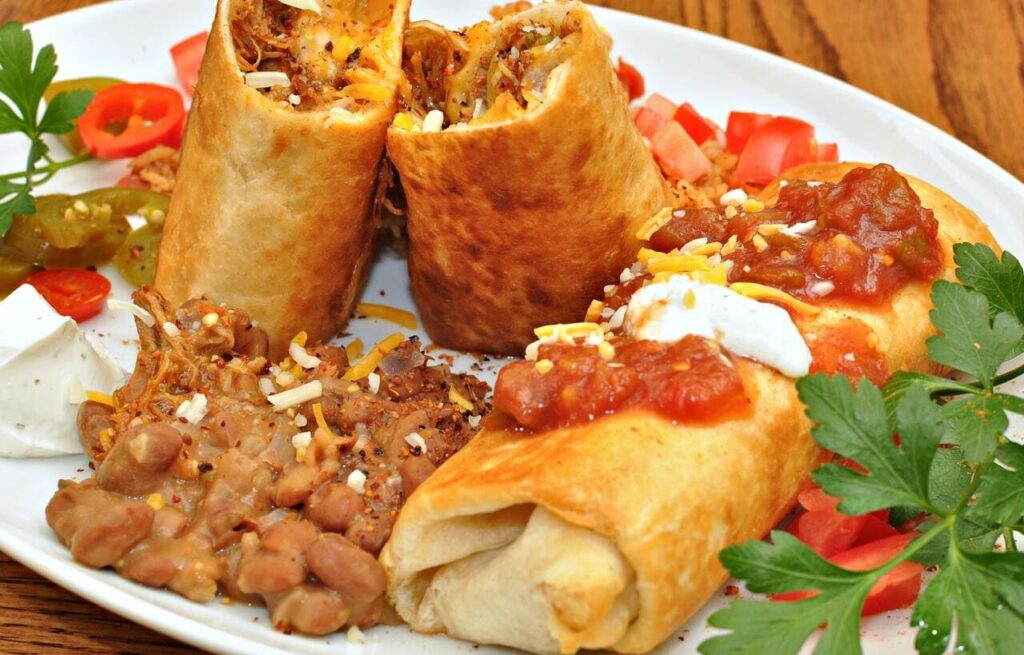
Most chains push chimichangas because you get something fried, crunchy, and packed with heavy fillings. You rarely see it in Mexico because people don’t typically deep fry burritos there. You get lighter wraps, hand held snacks, or plates built on fresh corn, but you won’t see the golden brick you’re used to. Chains lean on chimichangas because they feel indulgent and predictable. When you try regional Mexican cooking, you notice how the food favors clarity and balance instead of heavy fried shells.
2. Queso Dip

You know the molten cheese bowl chains love to set on the table, but that style of queso isn’t common in Mexico. You might get simple melted cheese dishes in specific northern regions, yet you won’t see the glossy, seasoned pot you’re used to. The chain version grew because it fits American snacking habits. You dip chips, you share, and you expect a strong cheese punch. In Mexico, you see more emphasis on fresh salsas and roasted flavors rather than a thick cheese pool.
3. Hard Shell Tacos
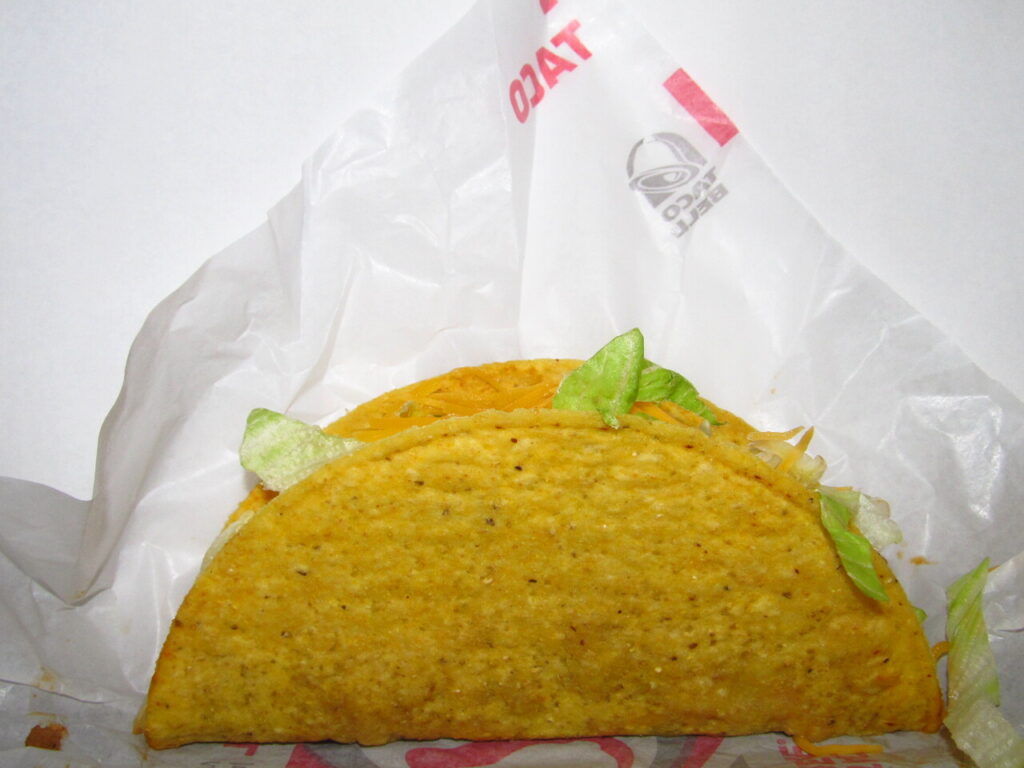
Crisp taco shells give you a reliable crunch, and that’s why chains sell so many of them. The idea doesn’t line up with what you eat in Mexico, where tacos stay soft and flexible. You hold them, fold them, and finish them while they’re warm. The hard shell grew from American kitchens looking for convenience and ready made shapes. When you try street tacos in Mexico, you realize how the soft tortilla lets the fillings speak instead of competing with a rigid shell.
4. Fajitas
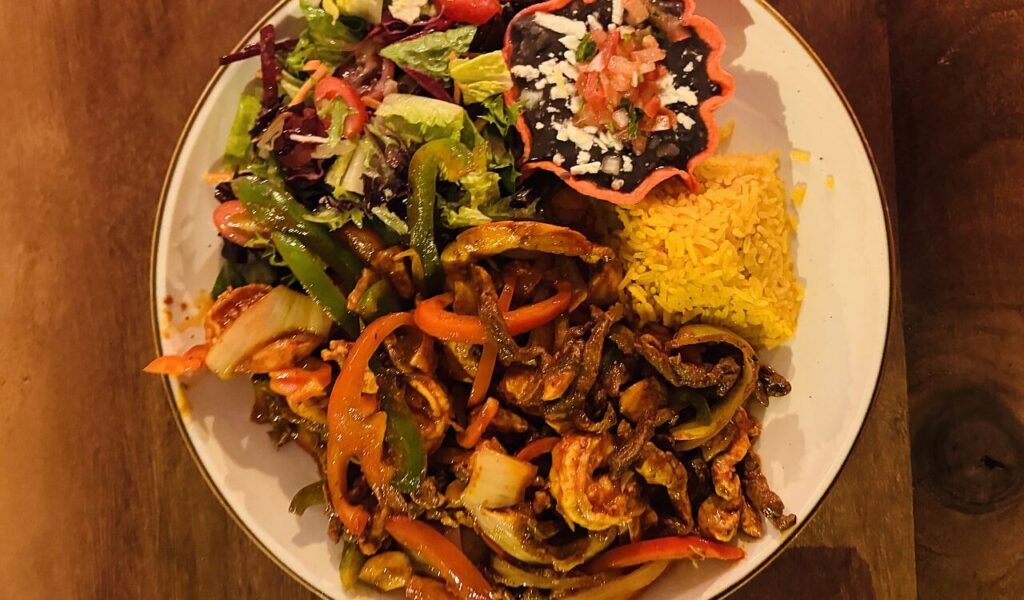
Chains present fajitas with sizzling pans, dramatic smoke, and big strips of meat and peppers. You might think this is classic, but the version you see grew mainly in Texas. You do find similar flavors in northern Mexico, yet you don’t get the theatrical presentation. Chains keep the spectacle because you expect action at the table. In Mexico, the dish stays simple and grounded. You focus on the seasoning and the warmth of fresh tortillas rather than a show built for the dining room.
5. Taco Salad Bowls
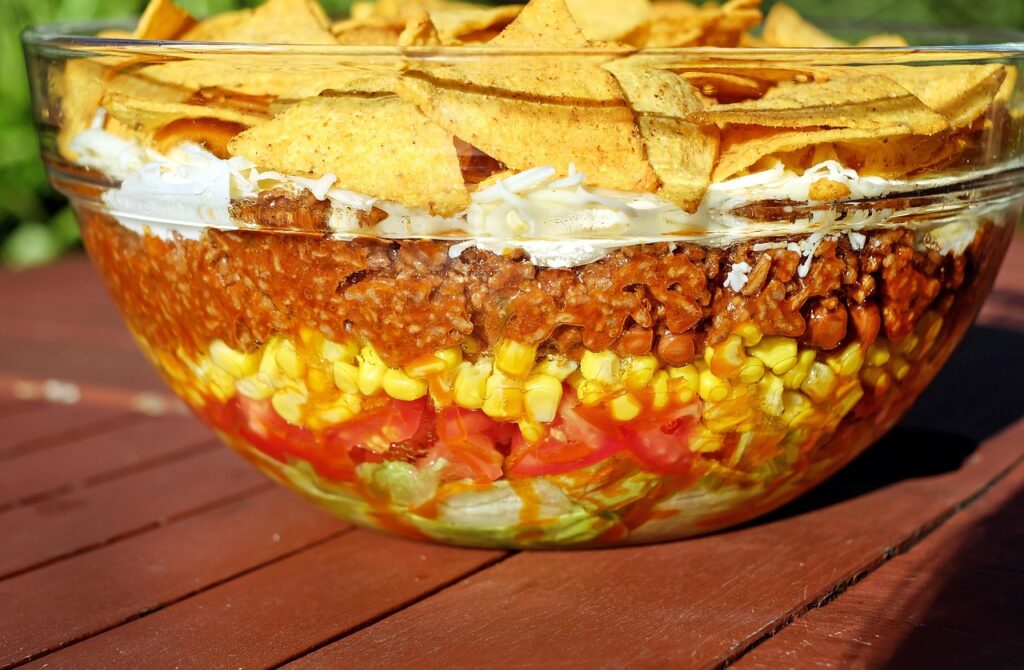
The giant fried tortilla bowl filled with lettuce, cheese, and seasoned meat feels familiar, but it isn’t something you find in Mexico. The bowl itself tells the story because it’s made to hold an American style salad rather than a traditional meal. Chains keep it on menus because you get crunch, volume, and a sense of variety. In Mexico, salads look nothing like this. They lean on fresher greens, citrus, and straightforward plating instead of a crispy shell shaped like a basket.
6. Nachos Supreme
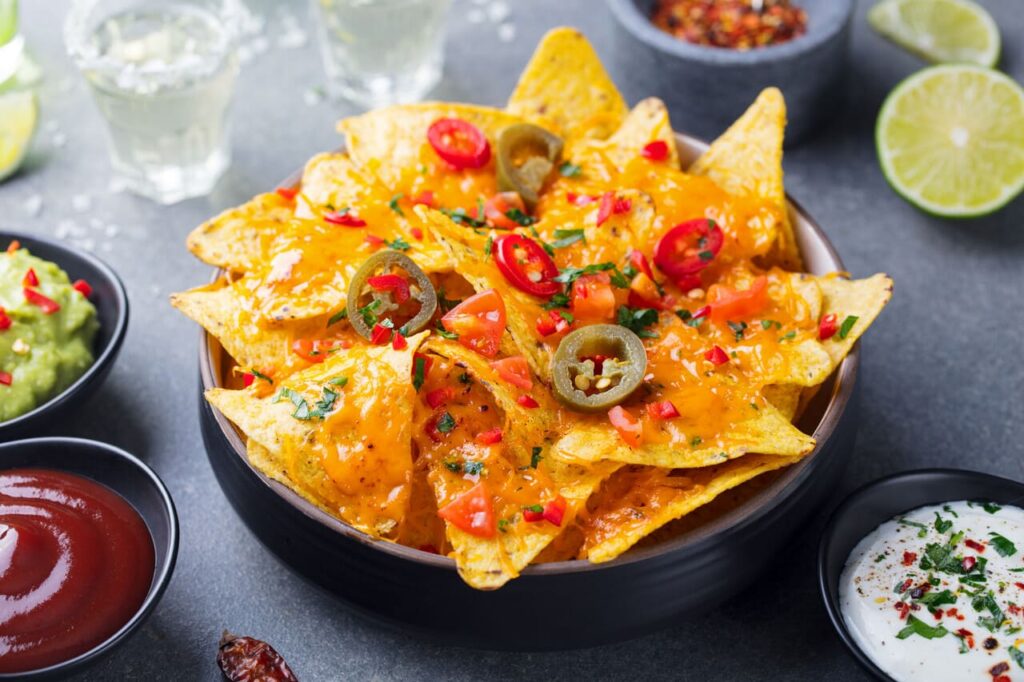
You might expect loaded nachos with seasoned beef, sour cream, shredded cheese, and piled toppings, but the heavy version found in chains grew in the United States. The original nachos were far simpler, built on just a few ingredients. Chains added layers to match American appetites for stacked food. When you eat in Mexico, you notice how smaller portions and cleaner flavors guide the dish. The chain style turns into a full meal rather than a modest snack with light toppings.
7. Enchilada Platters

You see chain versions of enchiladas covered in thick sauces, heavy cheese, and extras placed on the side. These platters don’t reflect the lighter, more regional versions you see in Mexico. You might get earthier sauces or more subtle fillings there. Chains lean on the big plate because it feels complete and comforting. When you try the real thing, the flavors stay focused and precise. You appreciate how the tortillas, sauce, and fillings support each other without drowning everything in weight.


